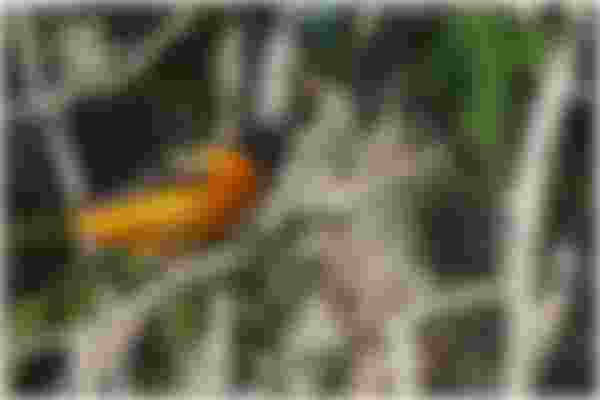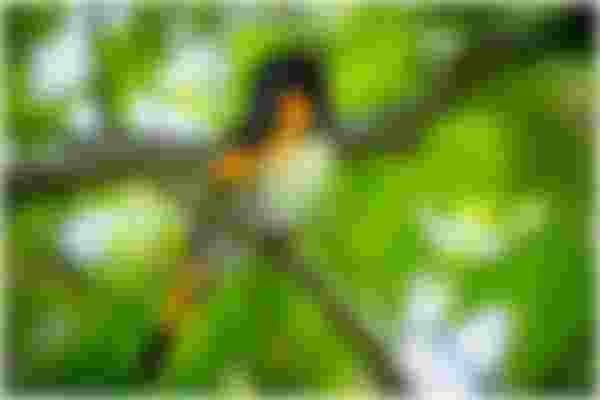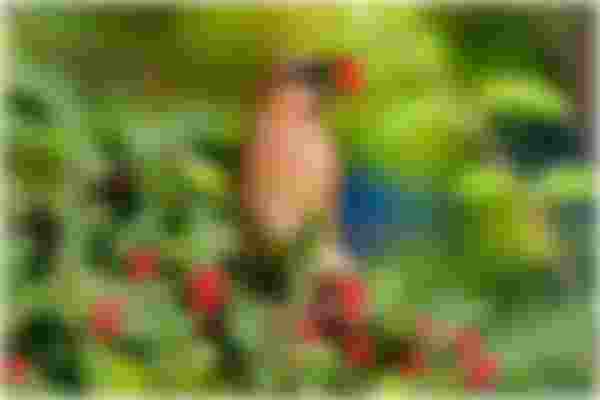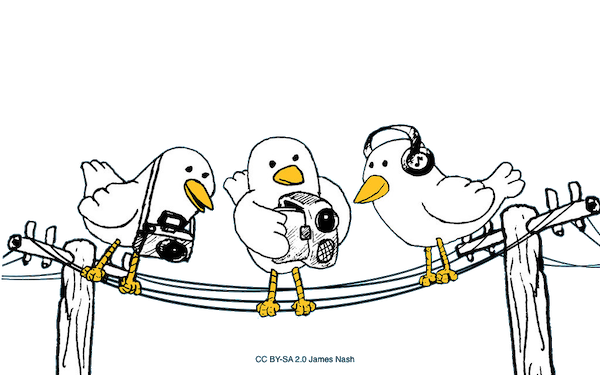Animals
Birds
For a listing of all bird species occurring at Salter Grove, tap All Birds.
Please do not feed any birds at Salter Grove—it’s bad for them and for the environment.
Salter Grove is a bird magnet. Because it is an oasis set within a large expanse of suburban housing, it has attracted 95 species of land birds. The breakwater built by the Army Corps of Engineers in the late 1960's created North and South Coves, calm bodies of water that host an additional 60 species of aquatic birds.
Out of the total of 155 species, 23 of them can be seen in the park every month of the year. It would be tempting to assume that the latter all breed at Salter Grove but only six of them have actually been seen at nests or engaging in breeding activities; namely, American Robin, Canada Goose, Carolina Wren, Downy Woodpecker, House Sparrow, and Mallard.


Species like the American Oystercather, Baltimore Oriole, Barn Swallow, Common Grackle, Common Tern, Gray Catbird, Red-winged Blackbird, and Yellow Warbler arrive in spring to breed at Salter Grove, but are gone by the end of the breeding season in August.
Wintering water birds start arriving in November and find plenty to eat in the two coves. Dabbling species like the American Wigeon, Brant, and Gadwall can be seen going after sea lettuce or the roots of submerged vegetation with their bottoms in the air.
Fish-eating water birds like Common Loon, Hooded Merganser, and Red-breasted Merganser actively dive after prey even in the coldest months because water in the coves rarely freezes.
Not only do the coves offer a steady source of food for aquatic birds, but they also offer the opportunity to cruise for a new mate. Many of these waterfowl species are monogamous during a given breeding season, but new pairs are formed yearly on the wintering grounds.


Migrants use Salter grove as a way station as they travel between their breeding grounds and wintering grounds. During the spring migration small insectivorous birds like American Redstart, Black-and-White Warbler, Blue-headed Vireo and Prothonotary Warbler visit for a few days to fuel up, and practice their songs in their fresh breeding plumage.
In the fall, post-breeding birds like Cedar Waxwing, Northern Parula, Palm Warbler, Pine Siskin, Peregrine Falcon, Snow Bunting, and Surf Scoter stop in for a rest and a bite before continuing their southward journey.
Besides migrants, species like American Crow, Bald Eagle, Belted Kingfisher, Fish Crow, Great Blue Heron, Great Egret, and Osprey can also be considered visitors to the park. They are observed at different times of the year, but not with any regularity. They probably find Salter Grove to be a good site for foraging, even if not for nesting.

Birds like American Goldfinch, Black-capped Chickadee, Blue Jay, Northern Cardinal, and Tufted Titmouse are probably well provisioned by what they find in neighborhood feeders year-round. While not yet found nesting at Salter Grove, perhaps they visit the park for the same reason as human visitors--the chance to enjoy a natural landscape away from human activities.

Introduced species represent only three percent of the bird fauna at Salter Grove and include European Starling, House Sparrow, Mute Swan, and Rock Pigeon (recorded just twice). As lovely as they seem, mute swans are invasive because they devour huge amounts of submerged vegetation and thus reduce the food supply for native dabbling species that frequent the park, like the American Black Duck, American Wigeon, Gadwall, and Northern Shoveler.
Birds are highly mobile and have refused to wear name tags while they are at Salter Grove. So the best we can do is to indicate what species are expected for the day (Bird Sightings), and which trails offer the best vantage points (Trail filter in Bird Sightings). Unlike looking at trailside plants, birdwatching will benefit from special equipment— a pair of binoculars or, better still, a spotting scope.
In general, there are two approaches for spotting birds that are constantly on the move. The observer can cover as much ground as possible at a slow pace while listening for calls or scanning the vegetation for small quick movements that will lead to the sighting of a bird. Alternatively, the sit-and-wait approach means waiting for an extended period at a well-lit spot so there would be a clear view of birds coming through. Both approaches are effective given luck and a strong dose of being-at-the-right-place-at-the-right-time.
Salter Grove is included as a hotspot on eBird, a website where avid birdwatchers can upload their sightings. The first checklist published in 2002 for Salter Grove included only three species: Mute Swan, Purple Sandpiper and Song Sparrow. Clearly, many more species have been added since, and new species will surely be added in the future with more watchful eyes.

Additional information is available in Resources under Birds.


